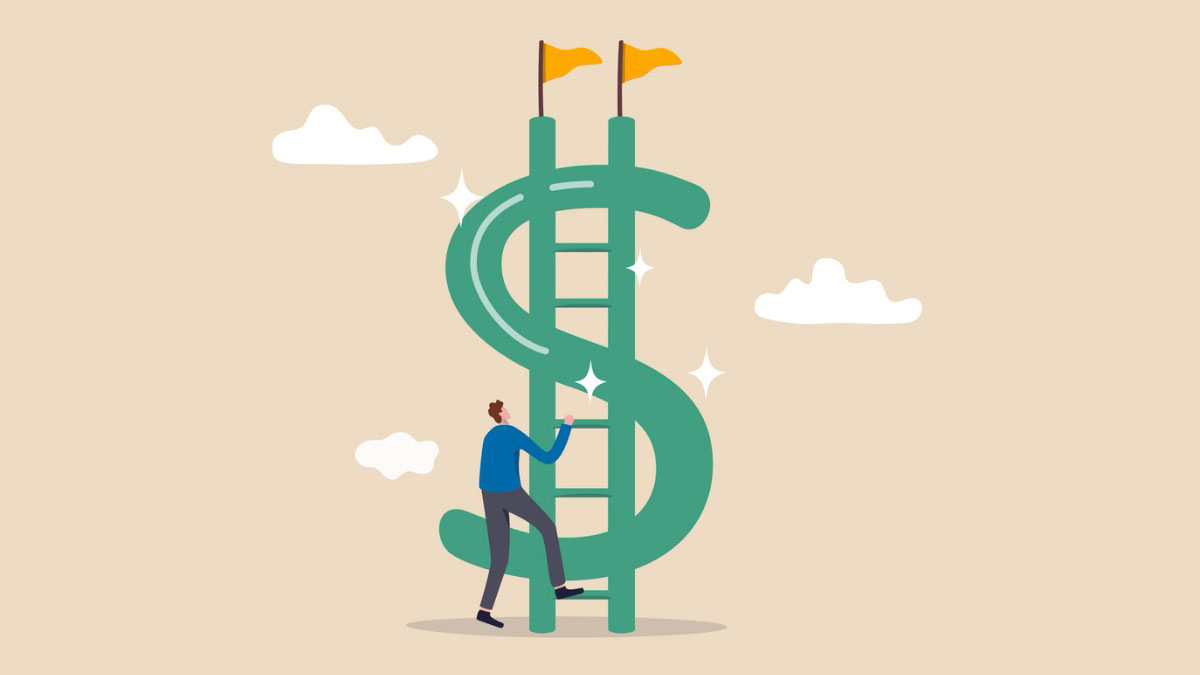If you’ve ever dreamed of quitting your job, traveling more, or simply waking up without financial stress, you’ve probably asked yourself a version of this question: “How much money do I need to feel financially free?” It’s one of the most powerful yet personal questions in finance—and the answer is different for everyone.
Unlike vague goals like “getting rich” or “saving more,” defining your financial freedom number gives you a concrete target. It’s the amount of money you need—whether as savings, investments, or passive income—to live your desired lifestyle without relying on a paycheck. And while it may seem like a fantasy for some, knowing your number is the first step to turning financial freedom into a real possibility.
Let’s break down how to calculate it, what it means in practice, and how your own number might be closer than you think.
Why You Need a Financial Freedom Number
Many people go through life saving without a destination. They contribute to their pension, stash away money each month, and hope that one day it’ll be “enough.” But enough for what?
Your financial freedom number acts like a GPS. It tells you how far you are from your ideal lifestyle and helps you adjust your strategy accordingly—whether that means saving more, investing differently, or cutting back on unnecessary spending.
And the beauty of it is that it’s not about becoming a millionaire unless that’s what you need. For some, financial freedom might mean having € 300,000 invested to generate € 1,000/month in supplemental income. For others, it could mean € 1 million and a paid-off home. The key is personalization.
How to Calculate Your Number
One of the simplest ways to estimate your financial freedom number is by using the 25x rule, based on the famous “4% rule” from the Trinity Study. The logic is this: if you withdraw 4% of your portfolio per year, your money should last at least 30 years.
Here’s how it works:
- Estimate your annual expenses.
- Multiply that figure by 25.
Let’s say you need € 24,000 per year to live comfortably. Multiply that by 25, and you get a financial freedom number of € 600,000. That means if you had € 600,000 invested in a diversified portfolio, you could (in theory) live off the returns.
Want to cover € 40,000 a year? Your number jumps to € 1 million.
This is, of course, a rough estimate. It assumes stable markets, consistent withdrawal rates, and no major unexpected expenses. But it gives you a tangible goal.
Adjusting for Inflation, Lifestyle, and Taxes
The 4% rule is based on historical averages, but we live in a dynamic world. Inflation, interest rates, and taxes all impact how far your money will go.
Inflation, in particular, is a silent eroder of purchasing power. A € 2,000 monthly lifestyle today could require over € 3,000 a month in 20 years if inflation averages 2.5% per year. That’s why your financial freedom number isn’t static—it needs to evolve with time and your lifestyle choices.
Also, factor in taxes. Depending on where you live and how your investments are structured, you might owe capital gains or dividend taxes, which reduce your effective withdrawal rate. In Italy, for example, capital gains are taxed at 26%, unless you’re investing in government bonds or certain tax-advantaged funds.
Making the Journey Practical
Let’s say your number is € 750,000. That might sound huge, especially if you’re just starting out. But if you break it down, it becomes more manageable.
Assuming a 7% annual return and € 500 monthly contributions, you could reach that figure in about 30 years. Increase your contribution to €800/month, and you get there closer to 25 years. Start earlier, cut expenses, or raise your income, and the path accelerates.
You can also combine strategies: partial financial freedom through side income, lower cost-of-living choices (geo-arbitrage), or building assets like dividend-paying stocks, rental properties, or online businesses that generate passive income.
According to a 2023 report by BlackRock, nearly 64% of millennials and Gen Z investors in Europe now define their financial goals in terms of lifestyle flexibility rather than a set retirement age. That means you don’t need to wait until 67 to live life on your terms—you just need a plan.
Building Toward Freedom, One Step at a Time
Financial freedom doesn’t have to mean “never working again.” It can mean choosing when and how you work. It can mean spending more time with family, saying no to toxic jobs, or pursuing a passion project without fear.
And it all starts with knowing your number.
Don’t get overwhelmed by the size of the goal. Every euro you save and invest brings you closer. The power of compounding, consistency, and clarity will do the rest.
So ask yourself: what would life look like if money wasn’t a constant worry? Then calculate what it would take to get there. Your financial freedom number isn’t just a figure—it’s your future, quantified.

